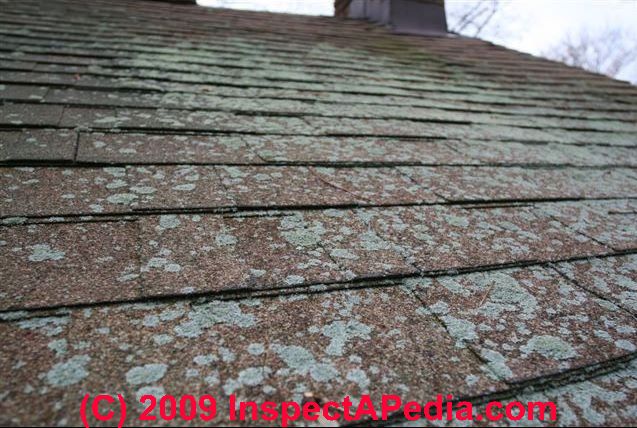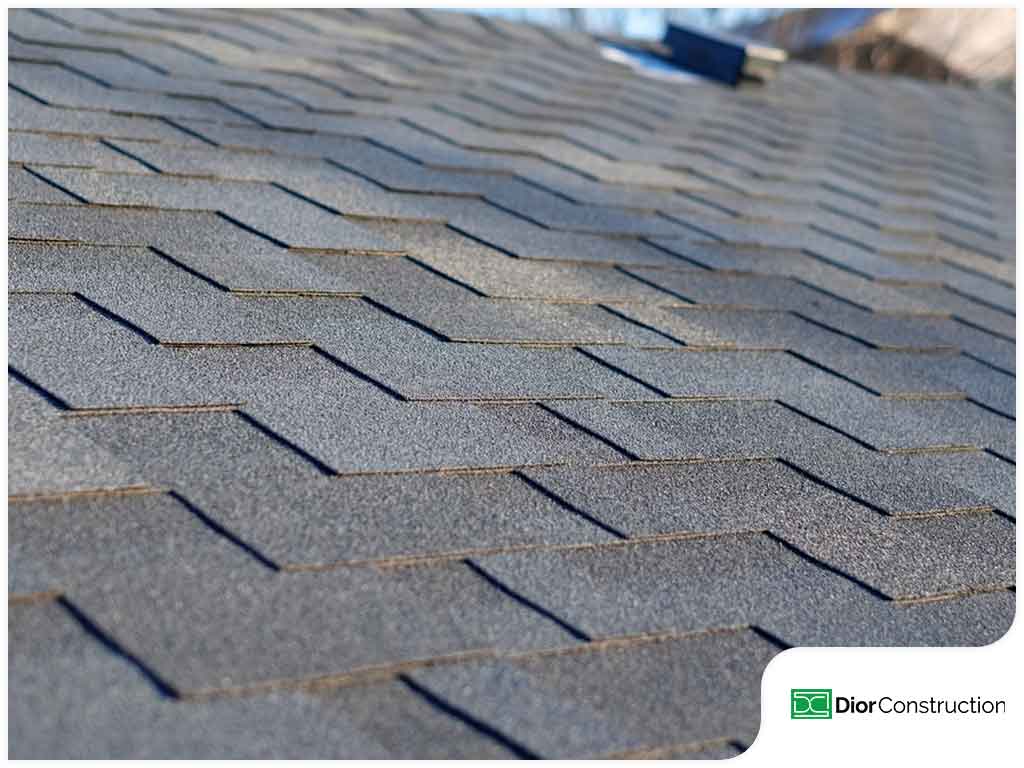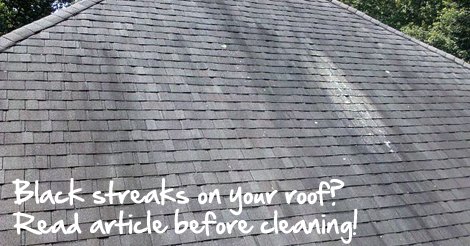Fungal Growth On Roof Shingles

Some roof shingle materials contain algaecides or fungicides which will also retard moss growth on the roof surface.
Fungal growth on roof shingles. It s actually just a blue green algae spread by airborne spores. Scrubbing or power washing the lichen will only do more damage. Algae resistant shingles or ar shingles for short began when shingle manufacturers looked for ways to gain market share. Once on the roof lichen cannot easily be removed.
This unique advance in shingle technology gives long term fungus protection for the entire roof. Known as black algae or roof mold gloeocapsa magma is usually blamed on dirt accumulation mold and mildew or defective shingles. It is easily spread and causes those colorful stains on so many roofs. On an asphalt or possibly some treated wood shingle roofs shingle chemistry is also involved in moss lichens and algae growth or resistance to it.
You can find more information on these special roofing shingles here. It needs heat moisture and nutrients to grow. Most of the stains on the average atlanta roof are the result of algae and not fungus. These kinds of organic growth will degrade cedar roofs much faster than a lot of other roofing issues.
Some moss or fungi development you may see are dark brown or black spots that weaken shakes or shingles. A brief history of algae resistant shingles. Lichen is a photosynthetic fungus that has roots that wrap around the granules feeding on the nutrients of the gm and the filler in the shingles. Even if it dries out it can come back to life when rain or moisture appears.














































